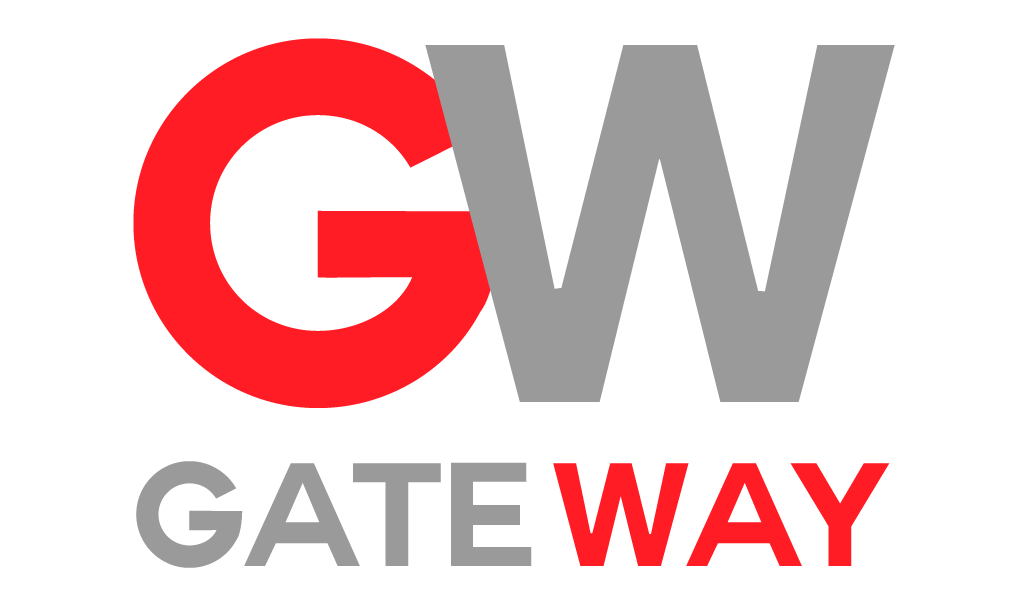
It’s got way too easy to post a job and reply to a job.
Click to post.
Click to apply.
Click to reject.
Click to …….
So for this post we’re going a little retro, taking the time to not just read a job title and hit send but to actually read the entire posting.
Contrary to what many candidates think, postings don’t generally just get regurgitated in 30 seconds and then magically appear on LinkedIn or wherever. There is a lot of serious thought goes in to the posting as it needs to pass HR/Talent Acquisition and the line manager. A half baked job gets push back 99.9% of the time.
So now that we have a job posting for some reason we often end up with it written in code or Serbo-Croat or at least it might as well have been.
Let’s take some time to read between the lines.
Follow these links to view a short video on my take of 5 jobs posted on LinkedIn.
Each video is maybe 90 seconds long and don’t just look at the one or two that apply to you, all have valuable lessons, except maybe 4 (that’s the one you’re clicking on isn’t it?).
So now that you’ve acquired my magic skill of decoding what the employer is actually looking for what’s next?
Answer it.
If you have a custom resume that can speak to that posting send it, and don’t be afraid to customize it if you don’t. Or just send a cover letter, or the body of an email (although it may never get seen if you do that).
I have no idea why companies do this, although I don’t think it matters. The flip side is that I’ve posted jobs and have flat out said not to apply if you didn’t have such and such, do you think anybody reads it?
So, how to get a jump on the competition?
Start by actually reading the job posting, you’ll be ahead of at least 40% of other candidates.
If you’re stuck on a job posting and not sure what they’re asking for, feel free to reach out, always happy to help.
And then?
I’m assuming that you have your 20-40 work examples to call on when you get to interview. Revisit each of them with the problem that the company is facing front and centre in your mind. Every answer should be able to demonstrate your actual experience of solving whatever problem they have AND the behavioral/personality traits that were needed to achieve whatever you achieved.
This is by no means an airtight method but given interviewers’ biases it’s very often a good way to start overcoming them
Of course, the alternative is to start using those biases against the interview to achieve YOUR objectives. Take a look at this blog post to see what I mean https://l6j.72f.myftpupload.com/2021/10/making-unconscious-bias-conscious-as-a-foundation-to-diversity-equity-and-inclusion/

